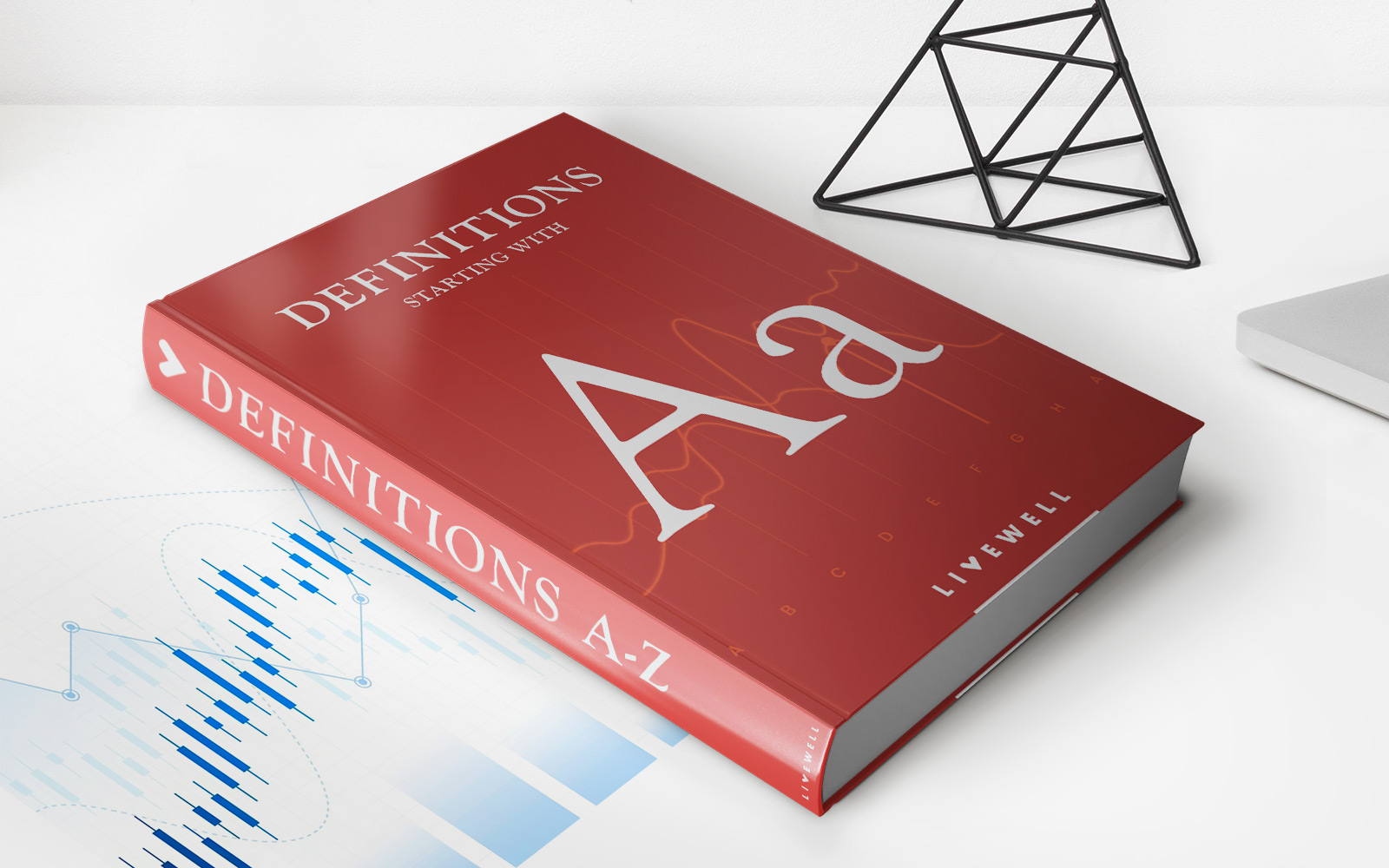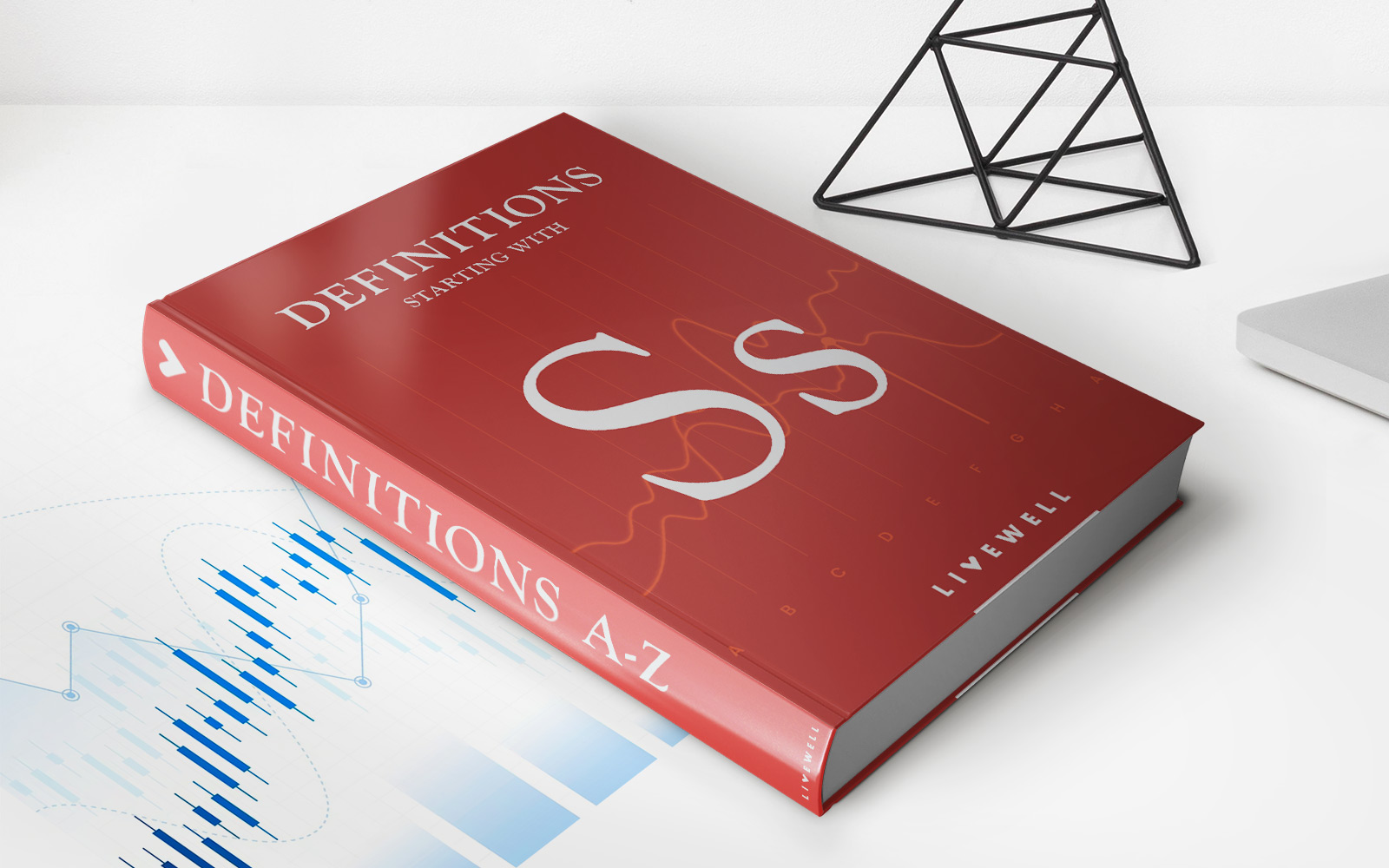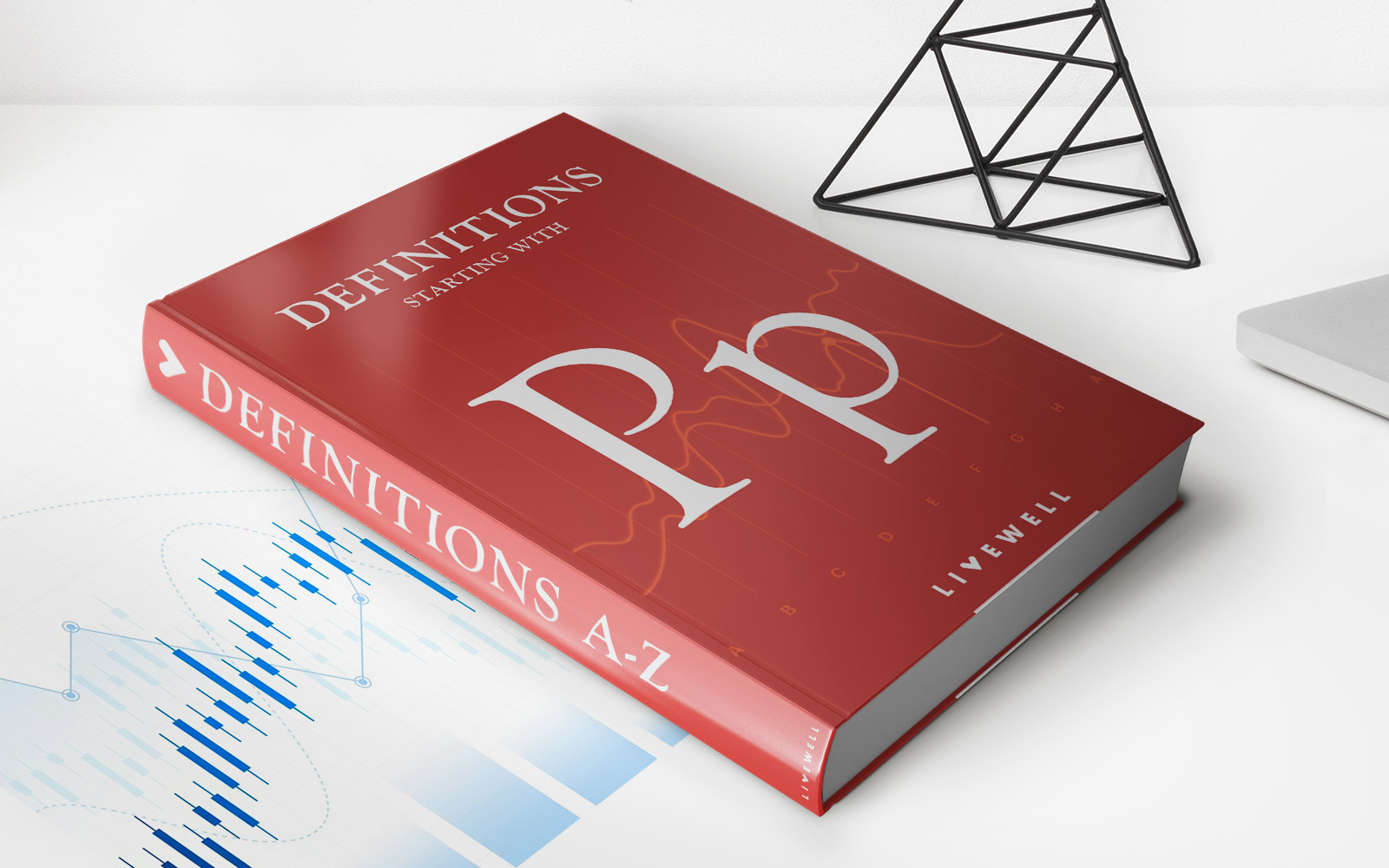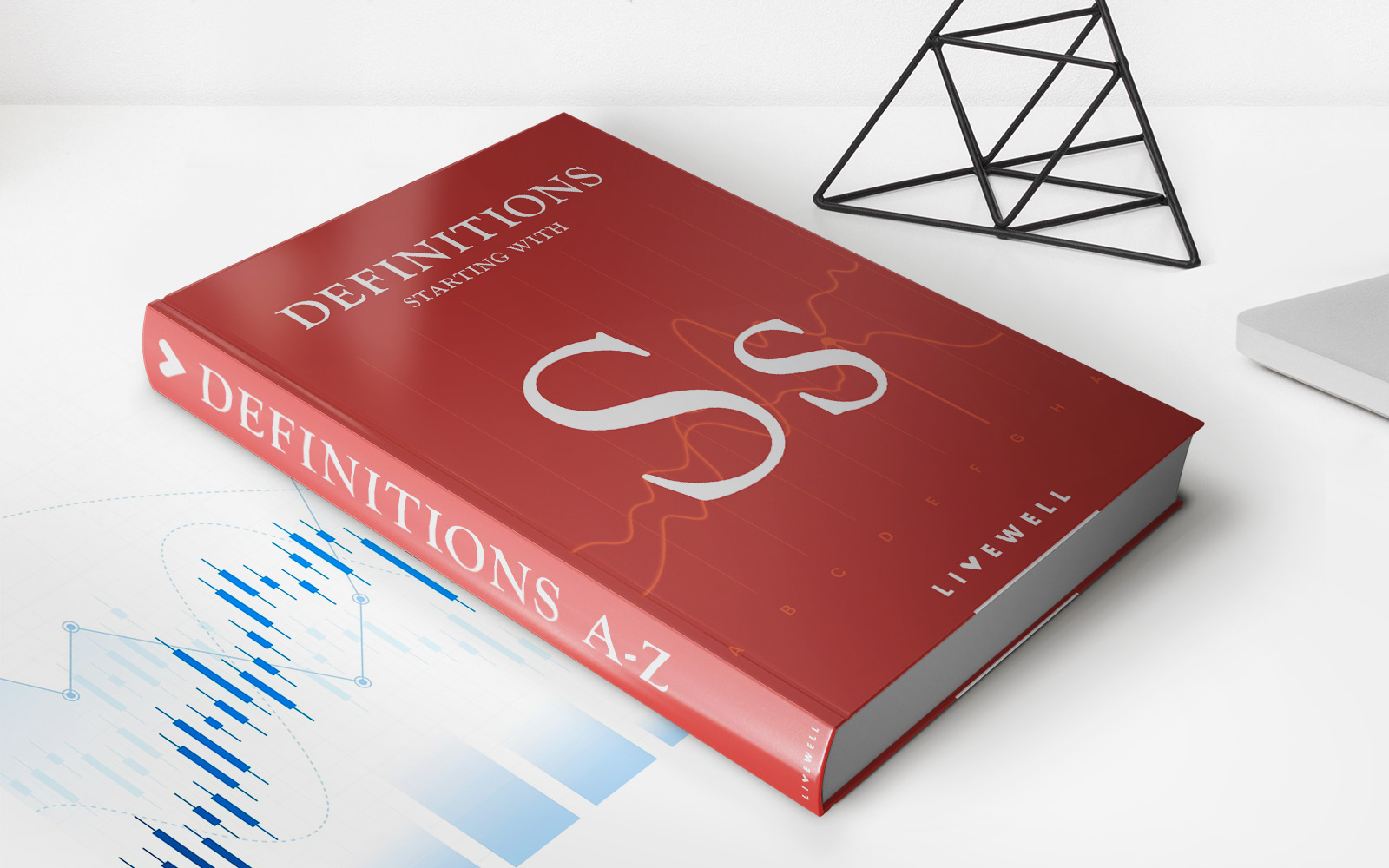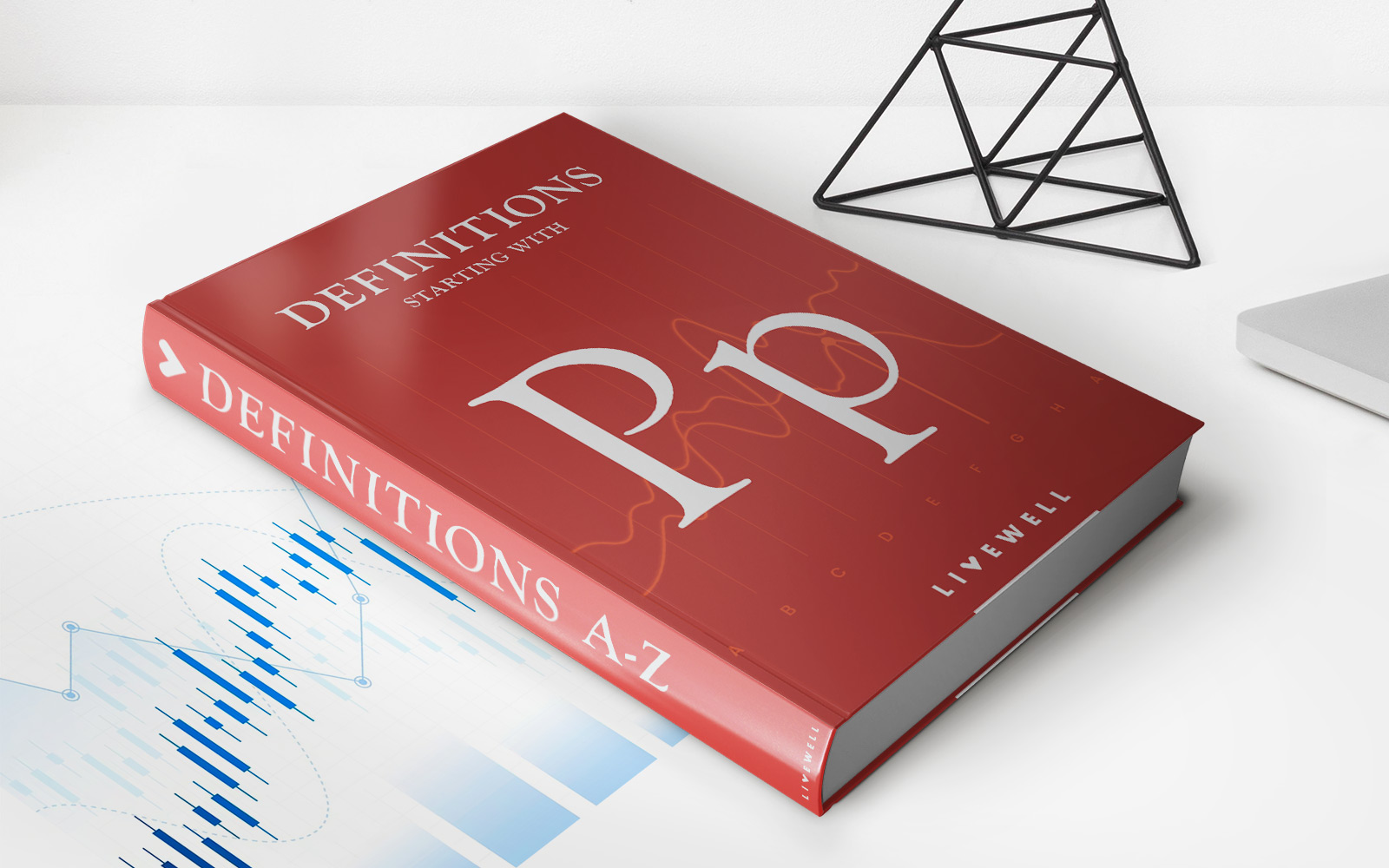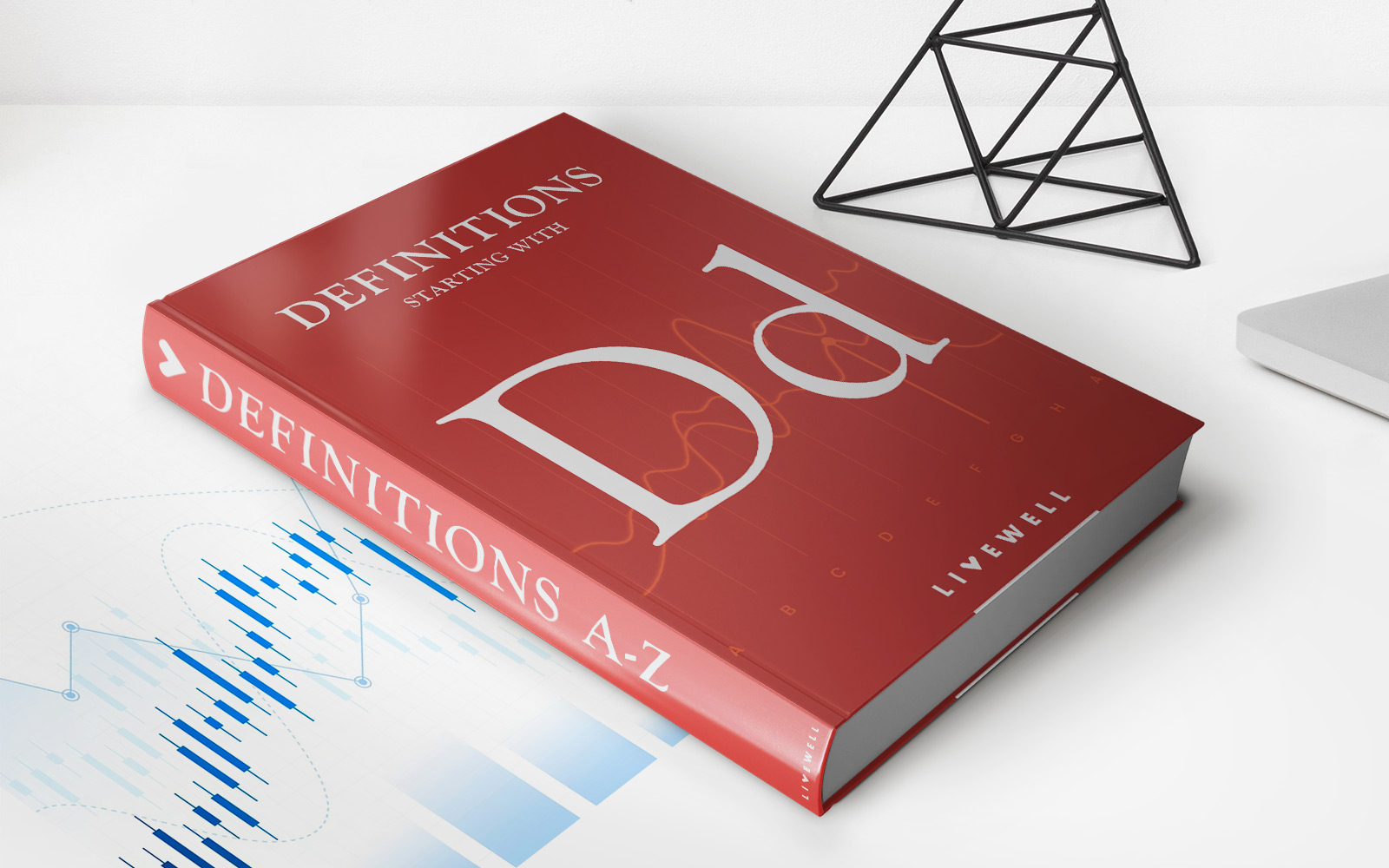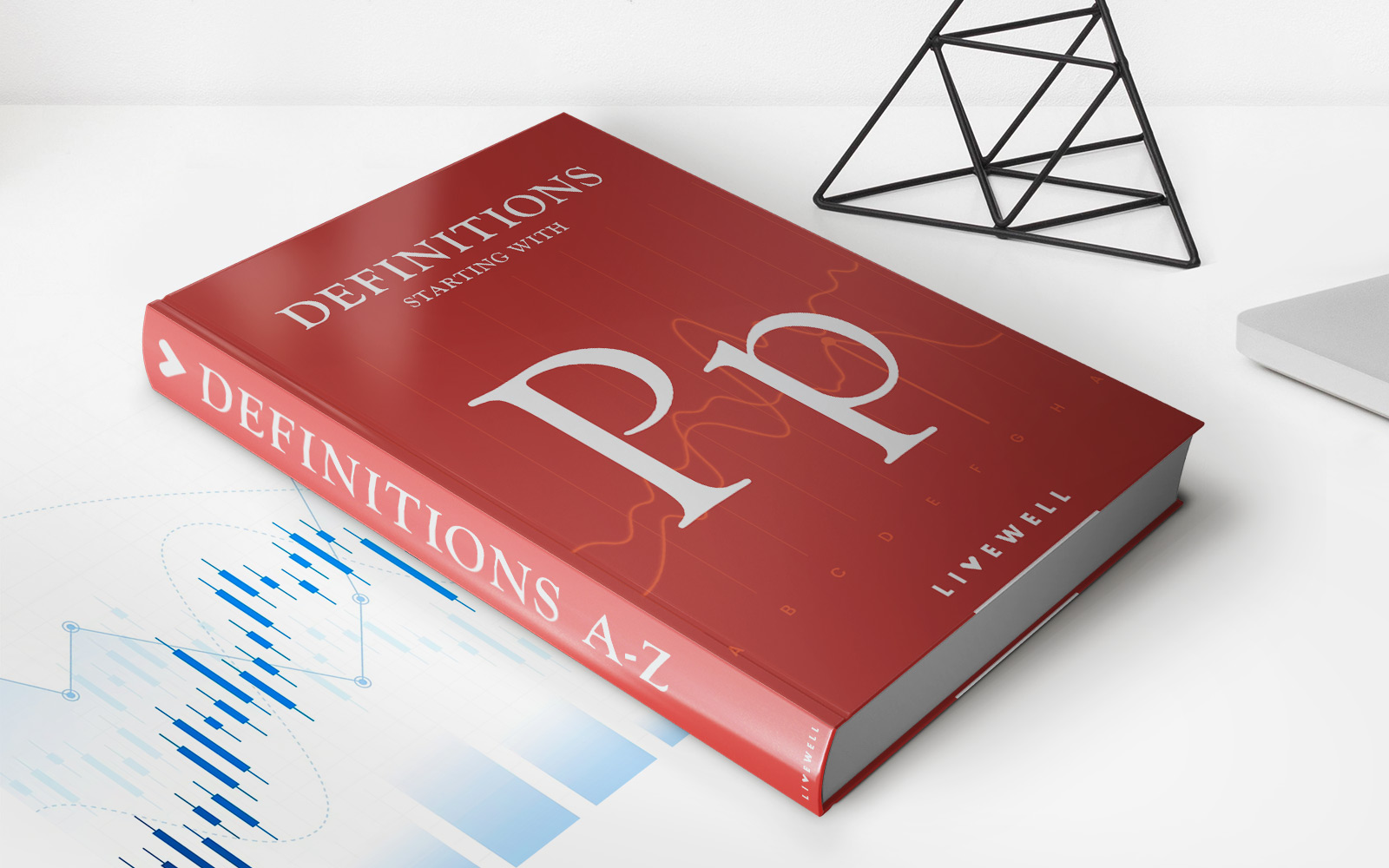

Finance
Put Provision Definition
Published: January 14, 2024
Looking for the provision definition in finance? Find out everything you need to know about provisions and their impact in financial management.
(Many of the links in this article redirect to a specific reviewed product. Your purchase of these products through affiliate links helps to generate commission for LiveWell, at no extra cost. Learn more)
Put Provision Definition: Understanding the Basics of This Powerful Financial Tool
Are you familiar with the concept of a put provision in the world of finance? Whether you’re an avid investor or just getting started, it’s essential to understand the ins and outs of this powerful financial tool. In this article, we’ll provide an in-depth explanation of what a put provision is, how it works, and why it’s important in the world of finance.
Key Takeaways:
- A put provision is a contractual agreement that allows the holder to sell a specific financial asset at a predetermined price, known as the strike price, within a specified period.
- This provision provides investors with a form of downside protection, as it allows them to sell their asset at a fixed price even if the market value significantly declines.
What is a Put Provision?
A put provision, also known as a put option, is a contractual agreement between two parties that gives the holder the right, but not the obligation, to sell a specific financial asset at a predetermined price within a specified period. The predetermined price is usually referred to as the strike price, while the specified period is known as the exercise period. Put provisions are commonly used in financial markets to manage risk and provide investors with additional flexibility when managing their portfolios.
How Does a Put Provision Work?
Let’s break down the working of a put provision into simple steps:
- An investor purchases a put option from a seller, granting them the right to sell a specific financial asset at the strike price.
- During the exercise period, if the market price of the asset drops below the strike price, the investor can choose to exercise their right and sell the asset at the higher strike price.
- If the market price remains higher than the strike price or the investor decides not to exercise their right, they have the freedom to hold onto the asset or sell it on the open market.
Put provisions provide investors with a form of downside protection. They act as an insurance policy against potential market declines, allowing investors to mitigate losses and maintain control over their investments.
Why are Put Provisions Important?
The importance of put provisions in the world of finance cannot be overstated. Here’s why:
- Downside protection: Put provisions give investors the ability to protect their investments from downturns in the market. By setting a predetermined selling price, investors can limit their potential losses.
- Risk management: Put provisions allow investors to manage their risk exposure more effectively. By using put options, investors can hedge against potential losses while maintaining their portfolio’s overall value.
- Portfolio flexibility: Put provisions provide investors with the flexibility to adjust their holdings according to market conditions. They can sell assets at the strike price and reinvest in more promising opportunities.
As an investor, understanding put provisions empowers you to make informed decisions that can protect your investments and optimize your portfolio’s performance. Make sure to consult with a financial advisor or expert to fully grasp the potential benefits and risks associated with utilizing put provisions in your investment strategy.
So, the next time you come across the term “put provision,” you’ll have a clear understanding of what it represents and how it can benefit your financial endeavors. Embrace the power of put provisions and take control of your investment future today!
